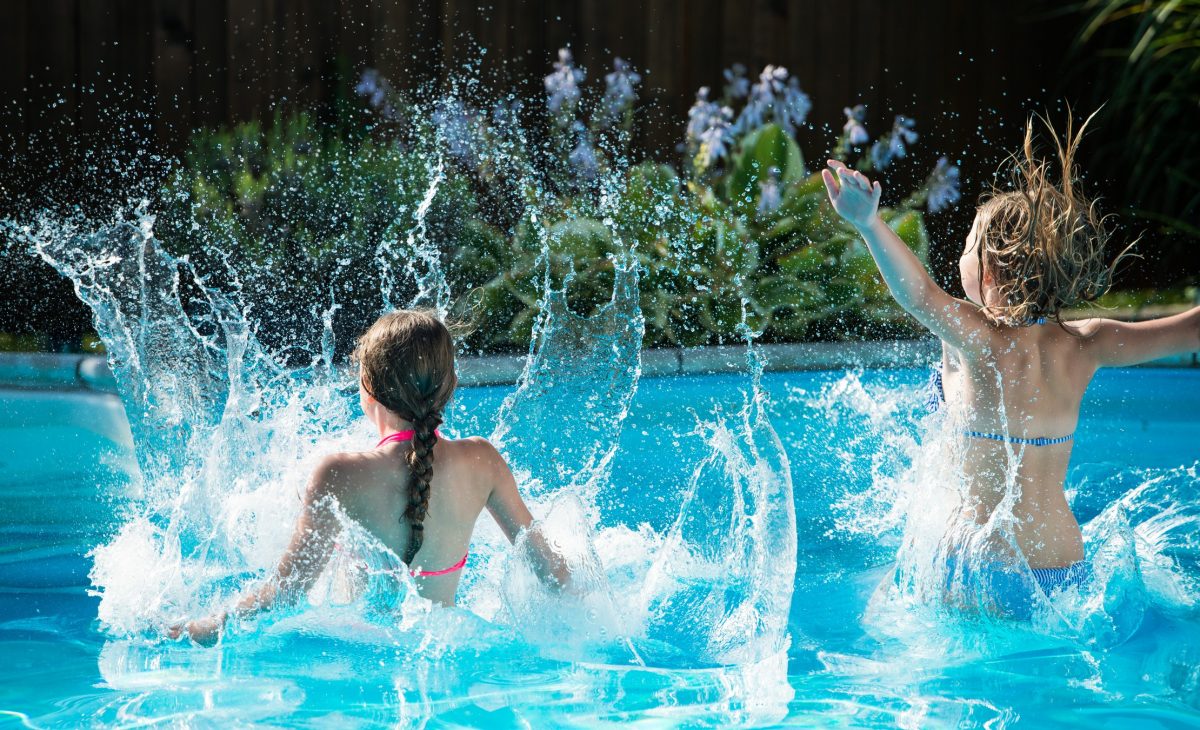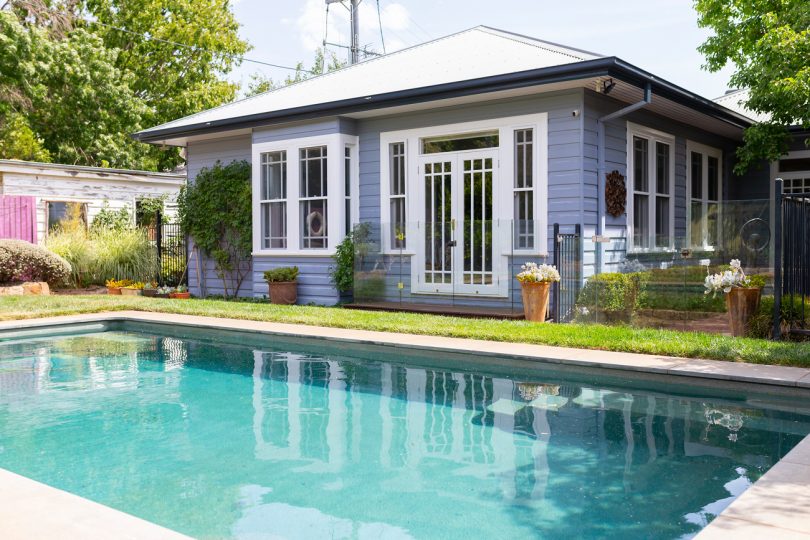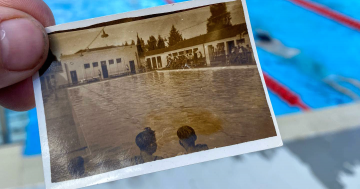
Community consultation on the ACT Government’s home swimming pool safety reforms started in February 2023. Photo: File.
Private swimming pool owners in the ACT have voiced support for a raft of changes to safety fencing requirements, provided they’re given the time (and sometimes money) to make the upgrades.
In February this year, ACT Government announced rule changes that would “require all home swimming pools to have a barrier compliant with modern safety standards”, with a grace period of six years.
There would also be a new ‘certificate of compliance’, and your pool’s fencing would be inspected every five years by a licenced building surveyor or approved installer to ensure it makes the cut. Owners would need to pass the notice of compliance to buyers or tenants.
Currently, Canberra pool owners are only bound to the standard in place when their pool was constructed unless there have been “substantial changes”.
This means any spa or pool built since 2004, and deeper than 30 centimetres, must have a fence at least 1.2 metres high around it.
Prior to this, requirements were looser to include a “suitable barrier or safety fencing”, with no need to upgrade as standards improved.
Calls for change reached a crescendo in 2018 when the ACT Coroner’s Court handed down its findings in the case of 21-month-old River Arama Parry, who drowned in an unfenced pool in Fisher on 30 December 2015.
The coroner found a lack of supervision was a key factor in the boy’s drowning but also said the ACT’s pool fencing laws were inadequate and confusing.
The government agreed in principle but blamed COVID for a delay to any further action.

There are estimated to be about 8000 backyard pools in Canberra. Photo: Adam McGrath.
“It really is time to get on the front foot to look at how all pools and spas meet current safety standards,” ACT Minister for Sustainable Building and Construction Rebecca Vassarotti said in 2021.
She promised to “consult widely” with businesses and the community on the issue of safety surrounding backyard pools in the coming months.
Over five weeks earlier this year, the government invited the community to give feedback on the proposed ‘Home Swimming Pool Safety Reforms’.
According to these, a pool must be surrounded by a fence at least 1.2 metres high all the way around, with a ‘non-climbable zone’ of at least 90 cm (ie, no handles or footholds).
The gate must be self-closing from any open position (even slightly ajar), and the latch mechanism must be more than 1.5 metres from the ground.
This safety standard has been in force since May 2013, so the rule changes only affect those owners with pools built before then.
Written feedback was received from 362 individuals – including 299 who said they lived in a property with a pool or spa – and three industry representative groups.
According to the Listening Report released by the government this month, there was “strong support” for the reforms and the transition period of six years “to allow time for property owners to comply”.
There was also strong support for the exemptions.
These include portable or inflatable pools that are not full of water for more than three days, and if a pool owner would have to knock down part of a building or a protected tree to install the barrier.
Those who gave feedback would like to see an exemption for those who can’t afford fencing.
“Support also exists for additional exemptions to be included related to financial impacts and hardships”, the report reads.
And again, “There is support for the reforms to include a financial assistance scheme for financially vulnerable households”.
The cost of pool fencing varies from backyard to backyard, but typically costs between $200 and $600 per metre. The total cost can range from $1500 to $10,000 or more, including materials and labour.
For this reason, owners would also like to be given six months to rectify issues if they fail a compliance check, with some asking for more time.
Many others say the changes don’t go far enough to end backyard drownings.
“There is strong support for these reforms to be accompanied by more education and funding for children and adult swimming lessons.”
The reforms are expected to be introduced to the ACT Legislative Assembly later this year before coming into force in late 2023 or early 2024.















